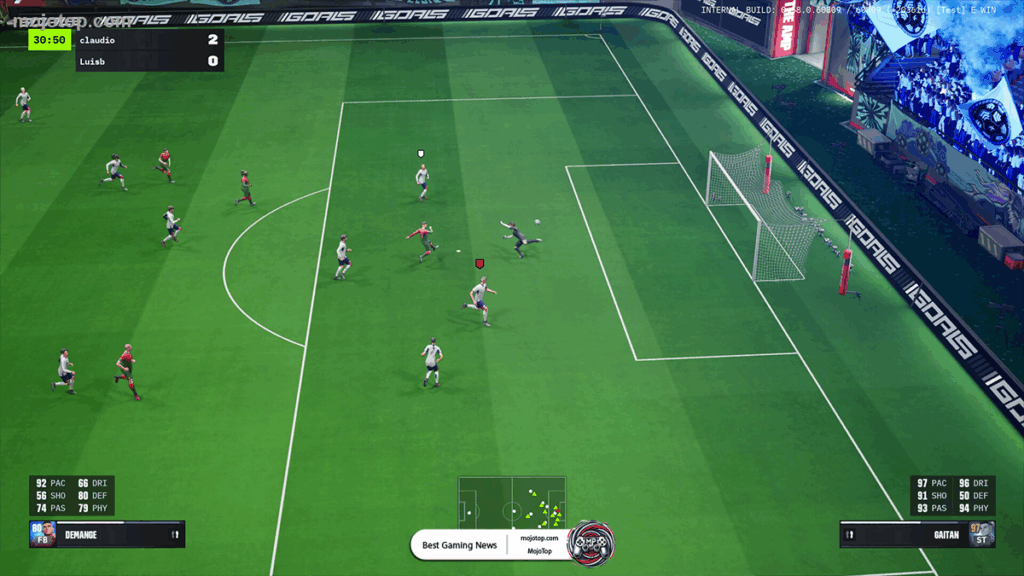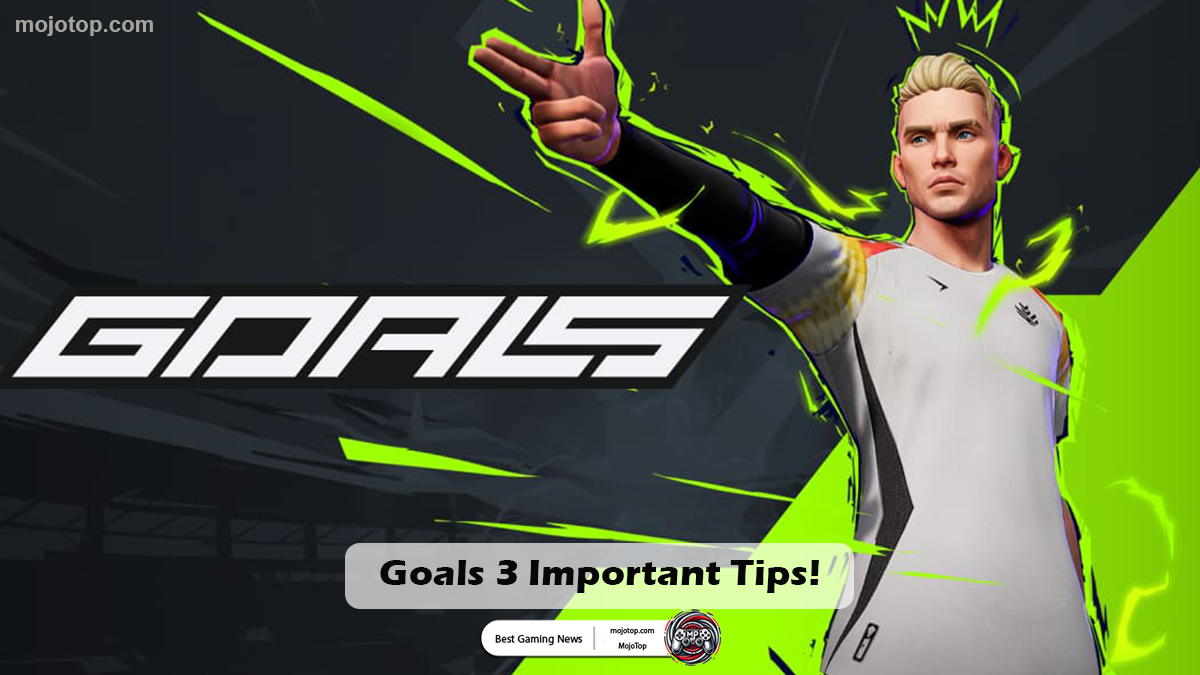GOALS: 3 Things to Know About the New Football Esports
Everything you should know about GOALS and why the GOALS game is becoming the next big name in free-to-play football esports.
Gameplay-First Philosophy
From day one, GOALS has been described by its developers as a gameplay-first, free-to-play, multiplayer-focused, esports ready football game. That means the mechanics, physics, responsiveness, and player control take center stage, not flashy cutscenes or overblown animations. It aims to deliver “a responsive gameplay experience, designed to actually feel like football.”
One of the technical promises behind GOALS is “zero input lag” or extremely minimal latency between player input and on-screen action. For a competitive, esports-oriented football title, that’s a necessity. The GOALS game also optimizes graphics and system performance by automatically selecting between high-end and low-end builds depending on your hardware. This means that even players on modest PC setups may enjoy smoother performance.
Instead of relying entirely on licensed rosters or generic player models, GOALS introduces procedurally generated players — each character has its own stats, attributes, and progression possibilities.That adds variety, and encourages experimentation with different squads over time in the GOALS game.
GOALS is developing with cross-play in mind, aiming to unite players on PC, consoles, and beyond into a single esports ecosystem.The free-to-play model ensures accessibility, allowing players to jump into the GOALS game without an initial cost. It’s already in Alpha, showing how the developers want community feedback early.
GOALS is committed to supporting both 1v1 and 5v5 competitive modes, ensuring players can compete solo or as part of a team. Moreover, the project is also pushing for representation via women’s community tournaments, dedicated playtesting for female players, and inclusive support systems.
Esports First Approach in GOALS: How the GOALS Game Is Built for Competition
From the start, GOALS has been designed not merely as a football simulation but as a platform for serious competition. The developers emphasize that GOALS is “esports ready,” meaning the GOALS game is engineered around fairness, responsiveness, and competitive integrity.
A core pillar of the esports first approach is to reward skill over spending. In the GOALS game, optional purchases exist, but they’re meant to enhance cosmetic or convenience elements—not to give financial advantage over opponents. The focus remains on mechanics, tactics, and player mastery.

One of the most critical demands in esports is minimal input delay. GOALS is built to deliver a responsive gameplay experience with “zero input lag” or as close to that as feasible, so every flick, pass, or shot feels immediate. To support balanced matchups, the GOALS game includes matchmaking systems and league structures to align opponents of similar skill levels.
The GOALS game supports competitive formats from 1v1 duels to 5v5 team matches, allowing for different styles of tournament play. As part of their rollout, the studio has already opened playtests on consoles (for example, via Xbox Insider) to test competitive features in real environments.
Because GOALS is still in early development (Alpha stage), the esports first philosophy extends to active involvement from the community. Feedback loops, public test phases, and open patch notes help shape how the GOALS game evolves competitively.
You can preorder GOALS on Steam
Free-to-Play With Player Control in GOALS: How the GOALS Game Empowers Players
One of the most exciting pillars of GOALS is its commitment to a free-to-play model paired with meaningful player control. The developers emphasize that GOALS is built to be accessible to all while letting skill and strategic decision-making shine—avoiding heavy monetization that unbalances competition.
Goals allows players to join, compete, and grow without requiring an upfront purchase. According to the Steam page, GOALS is “free to play.” As players complete matches, they can earn in-game currency, unlock new players, kits, and cosmetic items through gameplay. This ensures that even those unwilling or unable to spend real money can still engage with the full depth of the GOALS experience.
A core philosophy behind GOALS is to avoid pay-to-win mechanics. Instead of letting purchases influence match outcomes, microtransactions are likely focused on cosmetics, customizations, or convenience features. This design choice helps preserve competitive integrity in the GOALS game, ensuring that matches are won by better players—not richer ones.
In the Goals, roster building matters. Players decide which athletes to field, how to upgrade them, and which strategy fits their playstyle. GOALS uses a procedural generation system for player creation, where each athlete has unique stats and potential. This gives players autonomy in shaping their squad rather than relying on pre-tuned rosters or passive systems.
Because Goals is still in development (in Alpha), the monetization systems are evolving. But the public messaging strongly suggests a balanced economy: players should never feel forced to pay to remain competitive. The presence of in-game currency and store functionality shows where optional purchases may live—but the promise is that they won’t overshadow gameplay.

